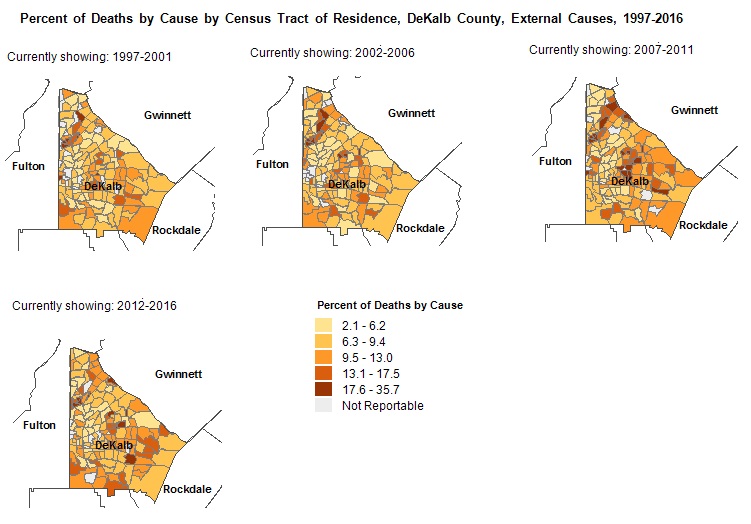|
PPOR
|
Examples of Suggested Causes
|
Examples of Suggested Interventions
|
|
Women's Health
|
Unintended Pregnancy, Poor Nutrition, No Prenatal Care, Substance Abuse/Smoking,
First or 4th-or-higher birth, Untreated STD's, < 2 year birth
interval.
|
Pre-conceptual, peri-conceptual and early prenatal interventions which affect
the mother's health and increase birthweight. Examples include assuring good
nutritional status including folic acid intake.
|
|
Maternal Care
|
Prenatal Care not matched to need.
|
Prenatal, intra-partum and postpartum services which directly affect the
maternal outcome by reducing excessive maternal and fetal mortality and
morbidity. Assuring an appropriate match between need and content of prenatal
care.
|
|
Newborn Care
|
Group B Strep untreated.
|
Intra-partum, early neonatal, and postpartum services which directly affect the
newborn outcome by reducing excessive early neonatal mortality and morbidity.
These are chiefly biomedical interventions.
|
|
Infant Care
|
No Parenting Skills Education, No Immunizations, No breastfeeding, Injury:
Falls, burns, etc, Child Abuse / neglect, No Monitoring Growth / Development.
|
Post discharge services which directly affect the infant outcome by reducing
excessive post discharge mortality and morbidity. For example, SIDS and injury
prevention through health education.
|



